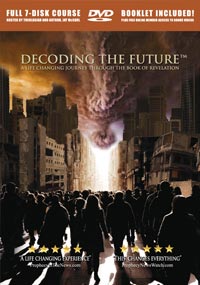What is Past Simple tense?
 By
By
Past Simple Tense (also Past Indefinite Tense) fully justifies its name. It is very easy to comprehend and start using, and the Tense itself is essential for everyone who learns English. To master this grammatical construction, you need to understand in what situations it should be used, as well as how it is formed. Below are some simple rules and examples to help you to discuss past events with confidence. Most languages in the world have past, present, and future tenses. Therefore, almost all students intuitively understand when to use the Past Simple. For example, you want to say about your last year's vacation or about meeting a friend two weeks ago. All this can be done using the Past Indefinite tense. The following are typical situations where you need it: You are describing an action that you or someone else has done regularly. In this case, the frequency is absolutely not important. The bottom line is that the action was repeated from time to time. Example: “My uncle visited me when our family lived in New York.” Description of an object or characteristic of a person in the past. Example: “This tree was much shorter when I was a child.” You are talking about successive actions or events. This is often used in storytelling to tell about step-by-step actions. Such phrases are very common: "I went to the store, bought sweets, and treated my friends." Past Simple allows you to tell about multiple deeds in a very simple way. Single action. If the action happened once in the past, you also use Past Simple. Example: "My grandfather met my granny in 1955." To correctly put the verb in the Past tense, you just need to add the ending -ed to it. For example: Play — played Talk — talked Love — loved Live — lived Accept — accepted and so on. The situation with irregular verbs is a little more complicated. You need to learn the past form of each of these verbs. To communicate confidently in English, you need to know about 100 irregular verbs. Examples: Buy — bought Run — ran Come — came Cut — cut Drink — drank Build — built and so on Forms of irregular verbs also have their own patterns, so students usually remember them easily. So far, however, we have only talked about affirmative sentences. Often in speech, we ask questions or use negations. How will Past Simple change in this case? To add a negation, we need the auxiliary verb did and the particle not. Such a sentence is built according to the formula: Subject + did not + infinitive. Example: "I did not drink coffee yesterday." Often, the contraction "didn't" is used in written and colloquial speech. However, it is not recommended to use it in official documents and academic writing. To ask a question, you also need the auxiliary verb did. The sentence will have the following construction: Did + subject + verb. Example: "Did you install this program?" If we see time markers in a sentence, such as yesterday, five days ago, last week, in 2021, this is Past Simple Tense. If you want to compose a phrase in this tense, you can also use these auxiliary words. When do we use Past Simple tense?
Grammatical Constructions
Negative form
Questions
Time markers
Conclusion
Learning the Past Simple tense is one of the first steps in grasping English grammar. Using the simple constructions outlined in this article, you will be able to effectively talk about past events. Subsequently, when you learn all three simple tenses and master the vocabulary, you will be able to talk about almost everything and qualify for an A1 or even A2 level. If your want to invest in the future of your kids, find the best courses here: https://grade.ua/uk/kids/.




